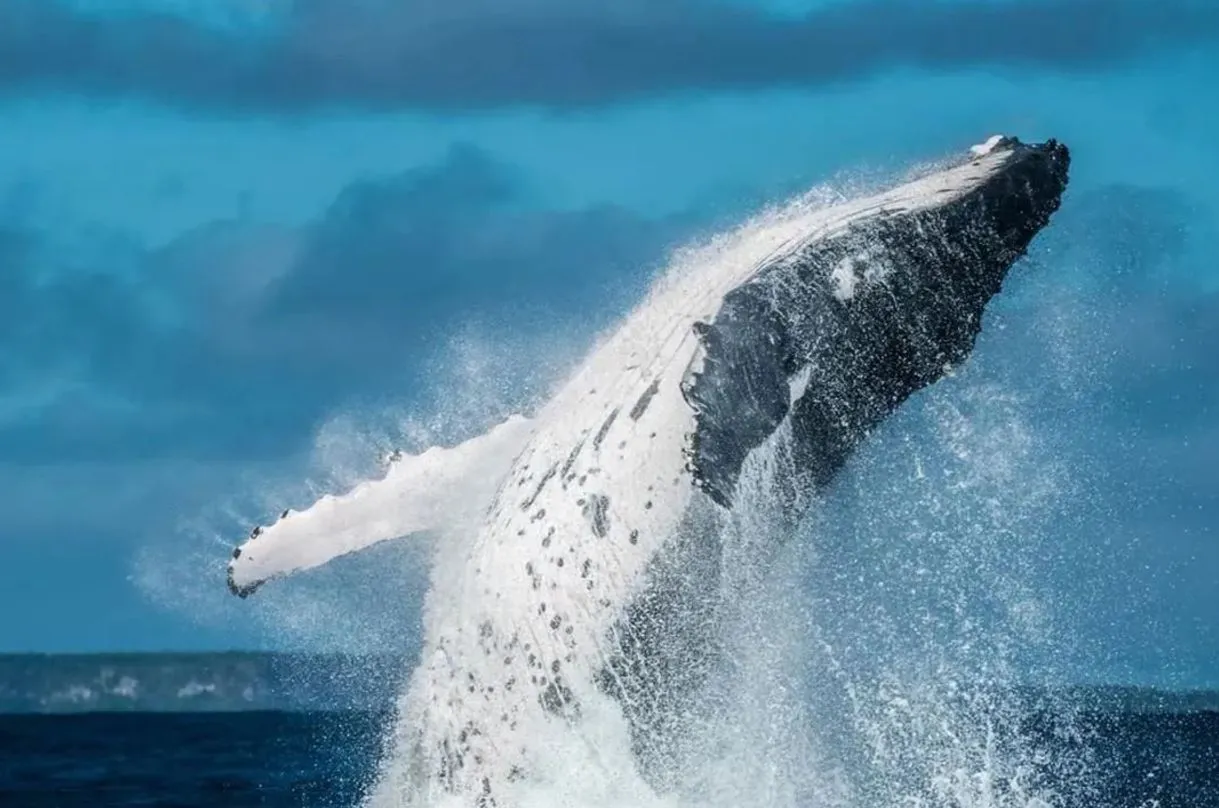The Great Ocean Road, one of Australia’s most beautiful drives, is more than just stunning scenery, beaches and rugged coastline – it’s also a hot spot for whale watching. Every year, the southern coast warms up, and an incredible migration of whales arrives. Southern Right Whales, Humpback Whales and even Blue Whales call the waters home. Whale watching along this iconic route is an experience like no other, combining natural wonders with reconciliation as you drive through traditional lands and see these magnificent creatures in their own backyard. Here’s a season-by-season guide to help you plan the best time and place to see them.
A Season-by-Season Guide
Winter (June to August) – Peak Season

Winter is the peak whale-watching season on the Great Ocean Road. Humpback Whales, Southern Right Whales and Dwarf Minke Whales migrate from the sub-Antarctic to the warmer waters of Australia’s southern coast. They breach and slap their tails in spectacular fashion as they come to the southern coast to mate, give birth and raise their young in a safe and sheltered environment.
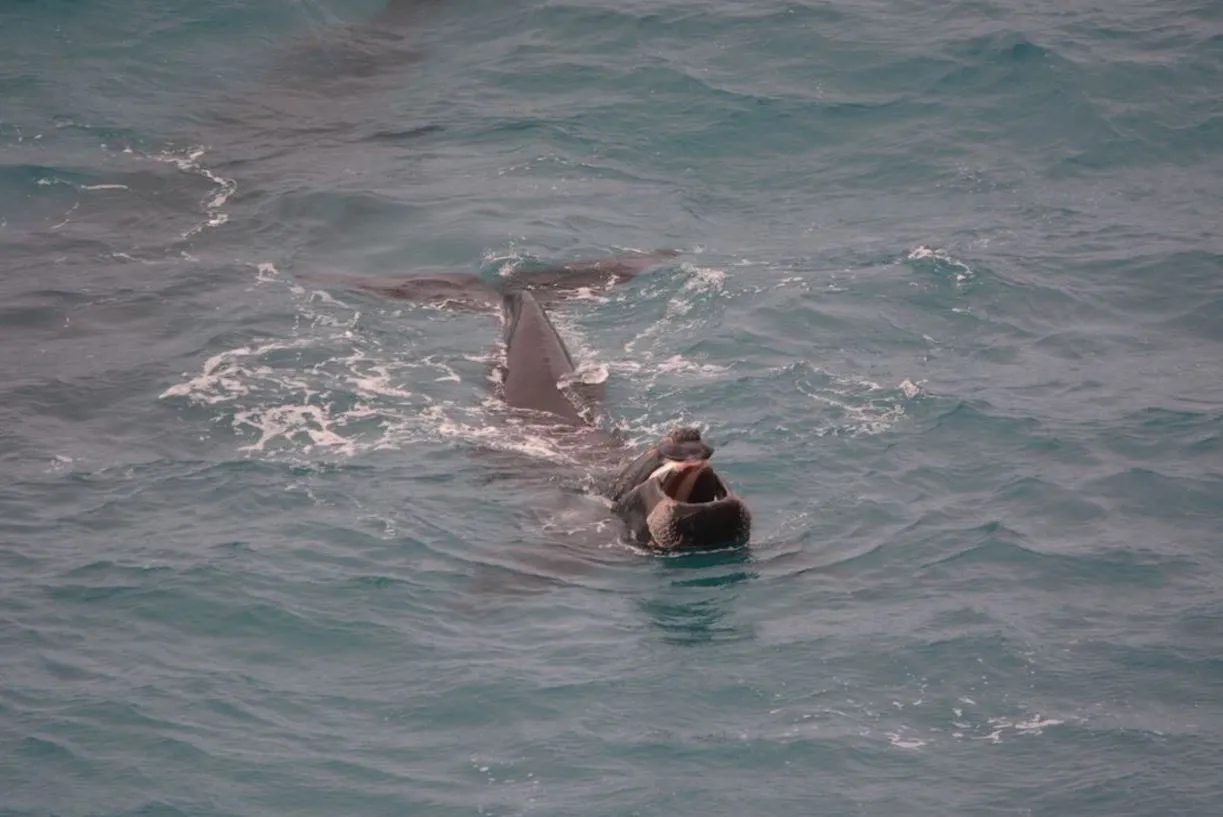

- Best Viewing Spots: Logan’s Beach in Warrnambool is the best spot to see Southern Right Whales up close where mothers and calves play near the shore. East Beach and Cape Otway are good for Humpback Whales and Wildlife Islands may offer a glimpse of a Blue Whale or a pod of killer whales.
- What to Expect: Winter is the prime time for curious whales, including Southern Rights and Humpbacks, with frequent tail slapping, breaching and nurturing behaviour. These whales often come in close to the coast, especially in shallow water, so that you can get a great view.
The cooler weather is a bonus as the southern coast’s natural environment is the perfect setting for sand dunes, surf beaches and rugged coastline. For the ultimate experience, join Sightseeing Tours Australia for Melbourne day tours that coincide with whale sightings during these months. Whether you’re driving the coast or taking a guided walk, winter on the Great Ocean Road is something special.
Spring (September to November) – Watching the Whales’ Journey South
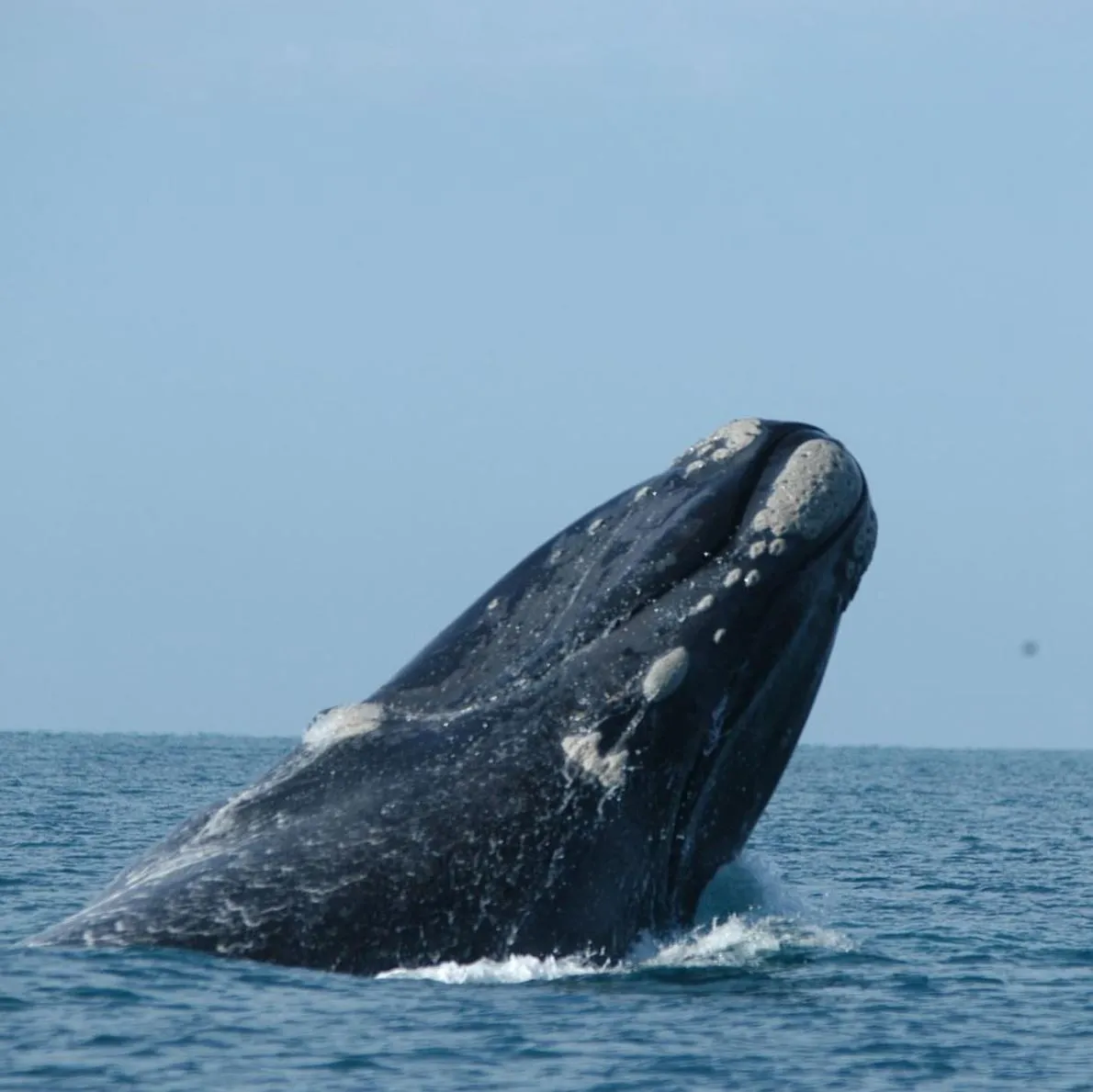
As spring rolls in, most whales start their journey south to Antarctic waters, but it’s still a great time for whale sightings, especially for mothers with calves getting ready for the long trip. Spring also brings warmer weather, so you can combine whale watching with visiting the area’s top attractions, such as the beaches, coastal towns, and rock formations.
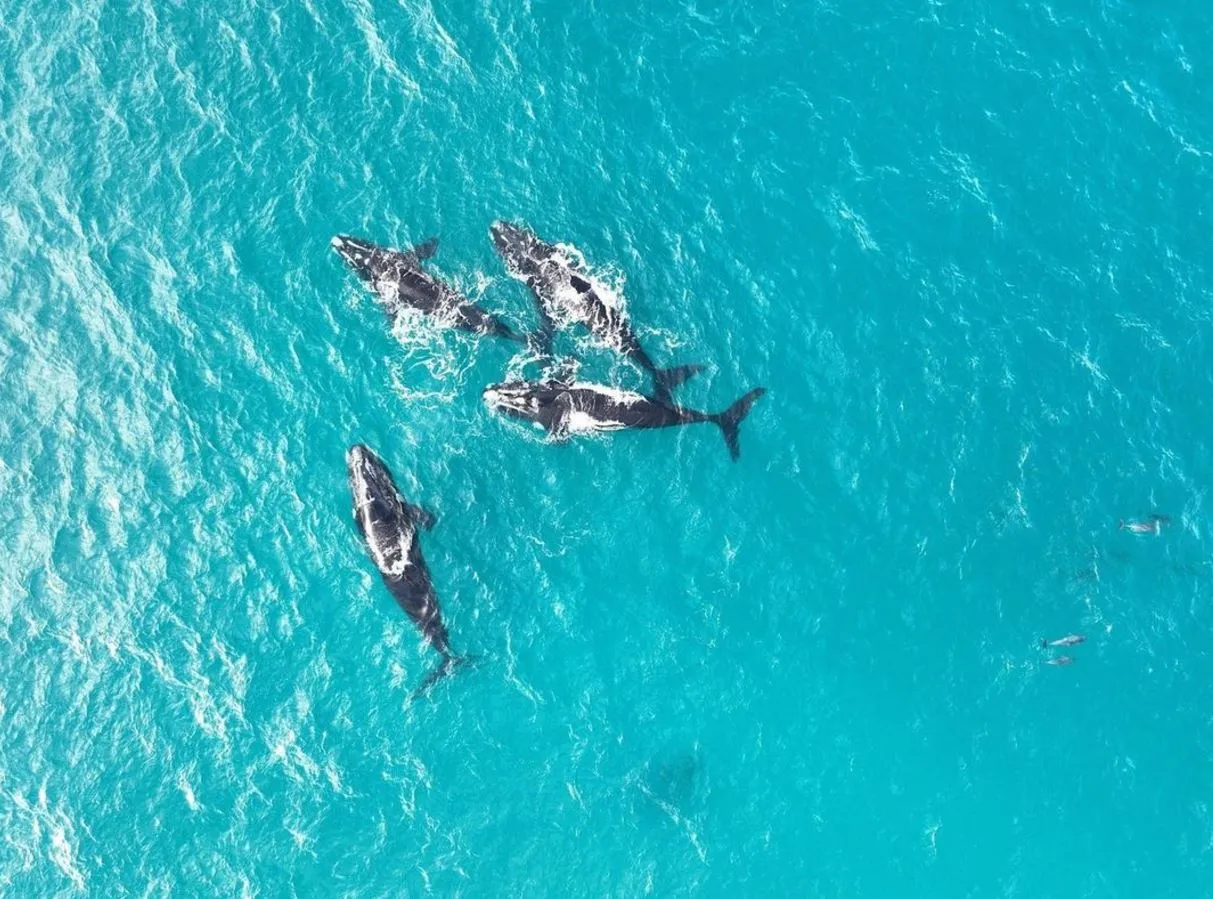
- Best Spots: Cape Bridgewater and Logan’s Beach are the hotspots for early spring sightings. If you’re lucky, you might see a Sydney whale or killer whale at Wildlife Islands or East Beach.
- What to See: In spring whales are bonding with their young, teaching them the skills they’ll need for the journey south. These gentle giants can be seen swimming in shallow, calm waters making it perfect for land based viewing. The area is teeming with birdlife, marine life and Fairy Penguins so it’s a great time to get in touch with nature.
This is also a great time for day trips to nearby coastal towns and exploring the southern coastline. As you watch from land, you’ll see whales regularly and may even spot a whale flag indicating recent activity. Why not visit the sand dunes along the coast or join an interactive walk to learn about Indigenous storylines and the traditional lands you’re standing on?
Summer (December to February) – Off-season with Occasional Sightings
Whale watching is rare in the summer months, but it’s still a great time to enjoy the natural beauty of Great Ocean Road. Warmer waters and clear skies make summer a perfect time to visit the beaches, bays and attractions of the Bass Coast and Surf Coast.
- Best Spots: While whale sightings are less common, you might see a Humpback or dolphin at East Beach or Cape Otway. Summer is a great time to visit coastal towns, seaside attractions and surf beaches along the route.
- What to See: Summer means a quieter whale watching experience but you might see dolphins, seals and even Fairy Penguins. It’s a great time to combine scenic coastal drives with the area’s beaches, coastlines and calm waters.
Use this time to visit the road’s famous rock formations, enjoy speed-controlled coastal drives and take a 3-hour drive from Melbourne for a quick getaway. The migration season is over, but summer is still a must-do as you visit the coastal towns and take day trips to nearby wildlife islands or the surf coast.
Autumn (March to May) – Quiet Season with Surprise Sightings
Autumn on the Great Ocean Road is a quieter time with fewer people and cooler temperatures. It’s not a peak whale-watching season, but you might see Humpback Whales returning early from their southern journey. The natural environment in autumn is beautiful and mild, so it’s a great time to visit without the summer crowds.
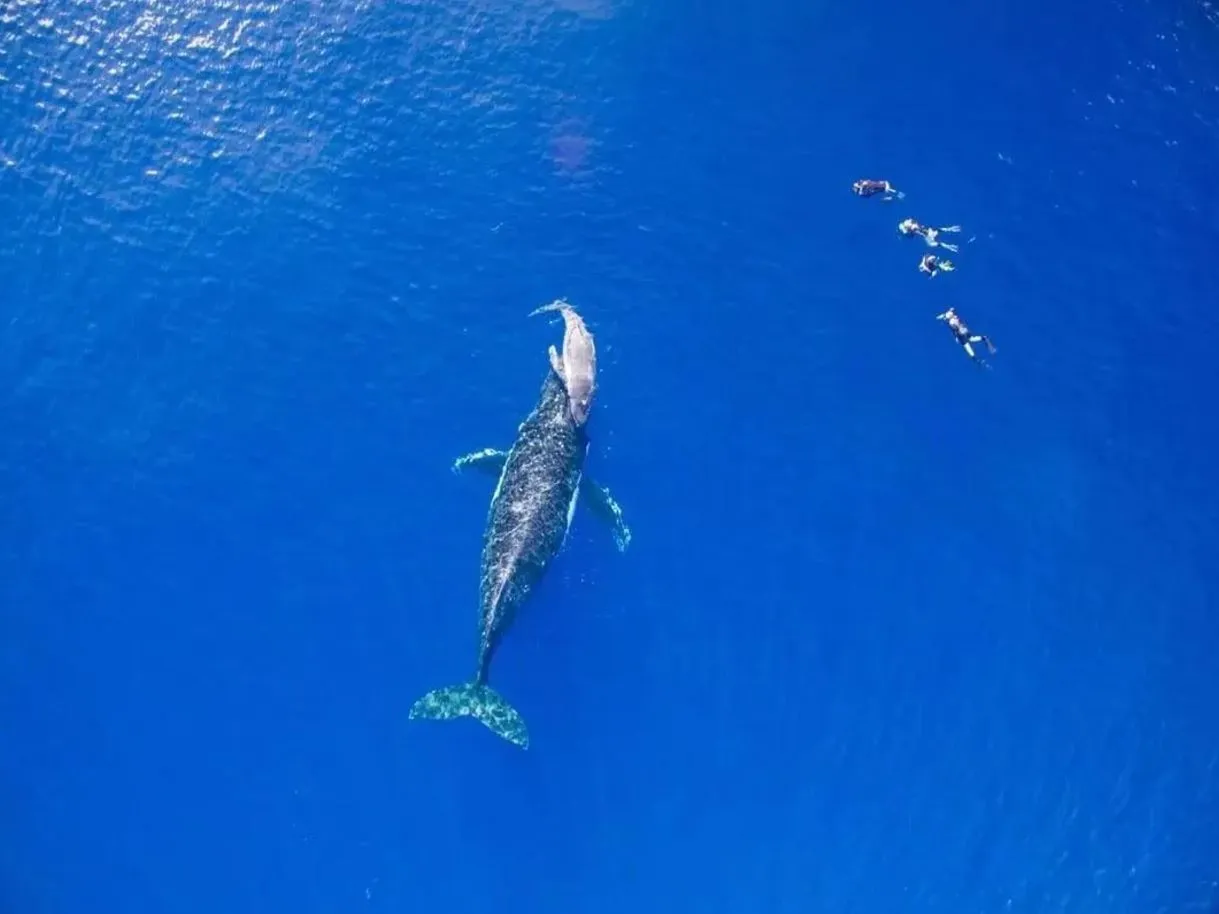
- Best Spots: The Grotto or Bay of Islands, where you’ll see stunning views and occasional whales. Other popular spots are the Wildlife Islands and Jervis Bay, where you’ll see dolphins and seals.
- What to See: Autumn means a peaceful atmosphere along the coast with occasional whale sightings on beautiful beaches, rock formations and calm waters. Even if whales are rare, autumn is a great time to visit the coast and explore the quieter beaches.
Autumn is a must do winter road trip, take the Great Ocean Road’s twisty roads, visit famous and hidden attractions. Enjoy the Indigenous storylines that are woven into the landscape and take time to appreciate the natural beauty of this coastline.
Whale Watching Tips
- Go During Peak Season and Time: Winter is the best time; morning is the best time when the weather is calm and the waters are cooler on the southern coast.
- Respect Local Indigenous Storylines and Country: The Great Ocean Road runs through the traditional country. Take the opportunity to learn about the land and the Indigenous storylines of the coast and the sea.
- Watch for Speed Limits and Speed Traps: The drive is beautiful, but remember to follow the speed limits for wildlife and other travellers.
- Bring Binoculars: While many whales come in close, binoculars will get you up close and personal, or spot whales in the distance or tail slapping.
- Dress Warm and Pack for Cool Weather: Winter is cool on the southern coast, so pack layers.
This guide is the best places, times and tips for an unforgettable whale watching experience on one of Australia’s most famous coastlines. Whether you want to see curious whales or explore the rugged coastline’s natural wonders the Great Ocean Road has it all.
FAQ
When is the best time for whale watching on the Great Ocean Road?
Winter is the best time, June to August, when Southern Right Whales and Humpback Whales migrate to the warmer, sheltered waters on the southern coast.
Where are the best whale-watching spots?
Logan’s Beach in Warrnambool is the most popular but other good spots are East Beach, Cape Otway and the Wildlife Islands where you can see whales from land.
Are there whale-watching tours?
Yes, Sightseeing Tours Australia and other operators offer seasonal whale watching tours in winter. Melbourne day trips often stop at whale watching spots.
Can I see other wildlife on the Great Ocean Road?
Yes, along with whales you can see birdlife, marine life like dolphins and Fairy Penguins and black tail wallabies in the wild on the southern coast.
Are whale sightings year-round?
Whale sightings are most frequent in winter, occasional in spring and autumn. In summer whale sightings are rare but you may see dolphins, seals and enjoy the calm waters and beautiful beaches on the Great Ocean Road.
